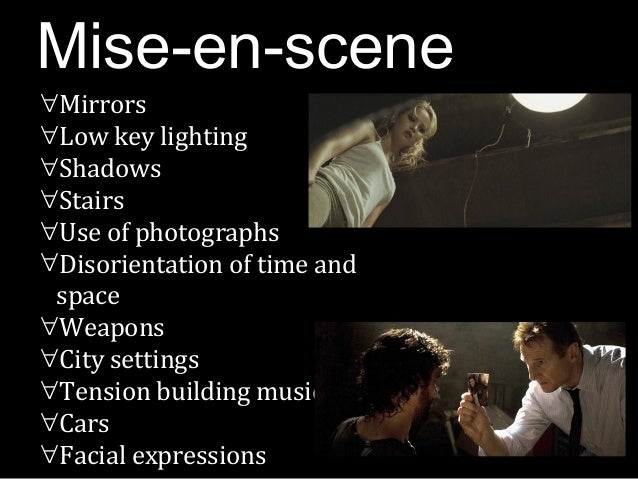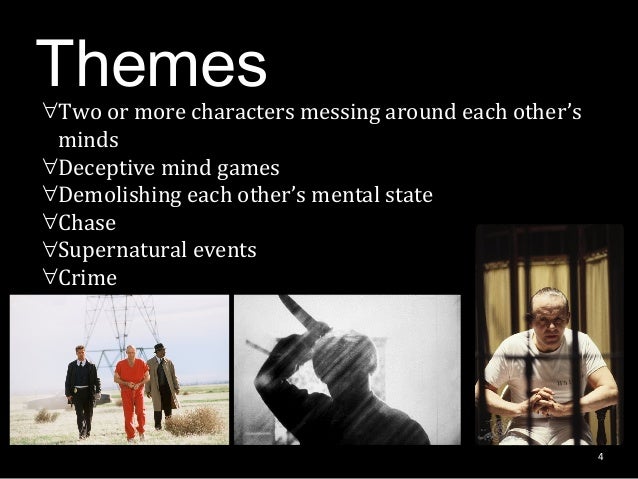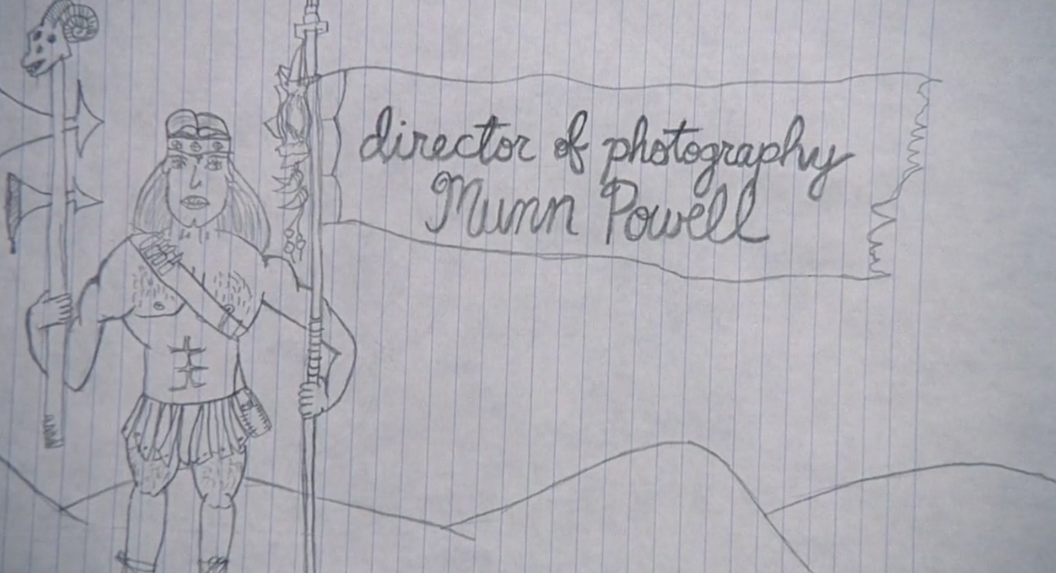Looking back at your preliminary task, what do you feel you have learnt in the progression from it to the full product?
I remember my first experience of shooting film/short video, when we were put into groups and asked to film a short continuity editing video. I hadn't taken Media Studies at GCSE so camerawork and cinematography was a brand new experience for me, which I was excited to get to learn about and get comfortable with. I remember thinking that it would be rather simple and easy to do, but it wasn't until we started filming that I then realised, that it was easier said than done, and that planning was a crucial part of the filming process. I didn't fully understand how different shots represented certain things, and that the types of shots and angles you use can tell the story as much as the actual footage and story to the piece.
After shooting all the footage we thought we needed, we took into to the computer and began editing it using a programme called Final Cut Pro. Yet again, this was my first time using this programme so I needed assisting until i felt comfortable enough to use myself, which wasn't long into my first session. I learned how to cut clips and make them sharper, using the tool 'razor' made it easy and simple.
My group were given the editing techniques 'Match on Action' and 'Shot-Reverse-Shot' to include in our short clip. We included the techniques and used them well within our short clip. In our final title sequence, we used the technique 'Shot-Reverse-Shot', so looking back at it, our first preliminary task was a good starter for us to prepare us for a much bigger challenge, which was our title sequence, and even gave us ideas and techniques that we could use in our sequence, which in our case, we did.
The video clip below is the result of the clips I shot and the editing I done on it using the program Final Cut Pro...




























